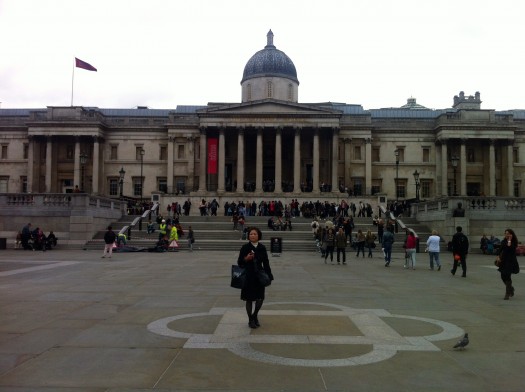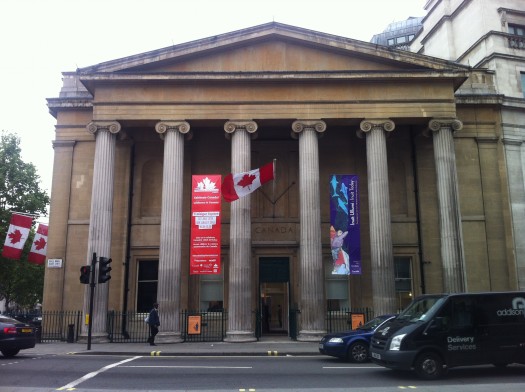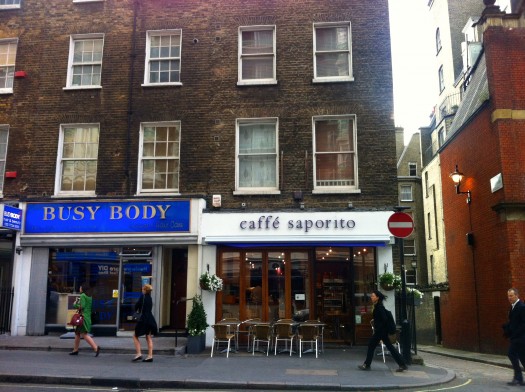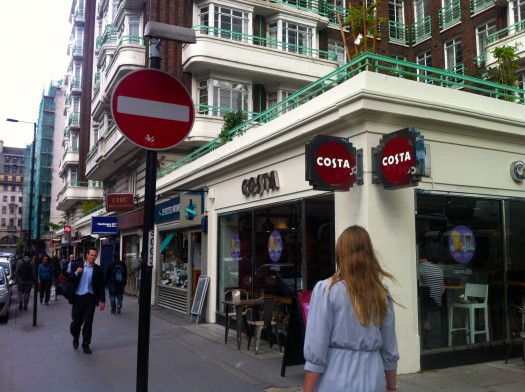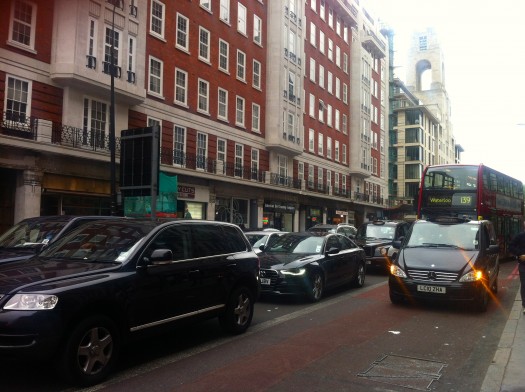A Placemaking Journal
London’s Lived-In Look
It’s summertime, and that means another installment of lessons from great cities. Last summer, I shared some images and impressions from Montreal, Mont-Tremblant, and Ottawa. Over the next few weeks, look for updates from Berlin, Paris, and this week, it’s London calling.
Before, I focused on elements in those great Canadian cities that have been made illegal in the suburbs, under contemporary land use practices. What’s on my mind this week are the benefits of great transit and civic space, as well as how to codify some of London’s highly functioning non-tourist neighbourhoods using the form-based codes we often discuss here on PlaceShakers.
ROI of Movement
Last month, I was on the jury for a Peery Project debate of whether a city could be successful without transit. Regardless of the outcome of that amusing evening, London makes it clear that it’s logistically impossible to achieve a compact city without exceptional, multi-layered transit service. Subway, rail and bus provide a semblance of calm to the constantly busy streets, although last week’s London Times points out that the city could save £1.6 billion per year from its health budget if it invests in cycling facilities at levels of the Dutch, £24 per person annually.
The Get Britain Cycling parliamentary inquiry suggests a 3x ROI annually for savings in health services alone as a result of cycling investment. Never has any other civic amenity — once basic services are installed — had that sort of ROI projections, thanks in large part to the ill effects of our otherwise sedentary lifestyle.
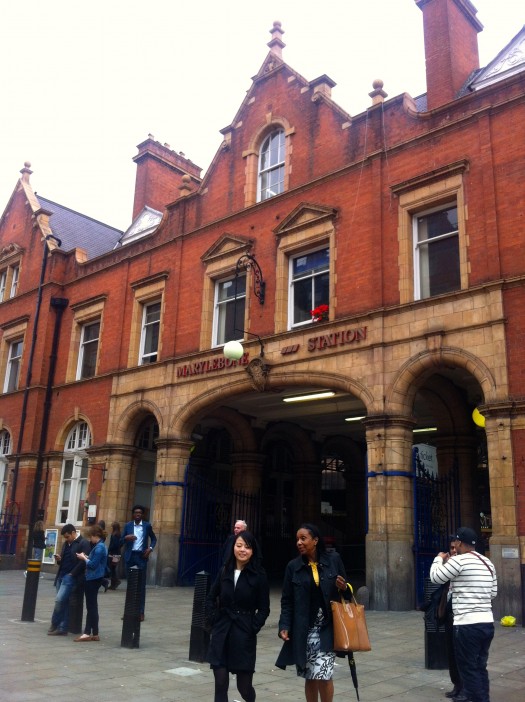
While London currently has some rather ambitious plans in place for cycling infrastructure, I’m unlikely to rent a bike here in the mean time. Although a bike is my primary means of transportation back home, there’s just a little too much “door-zone” here for my comfort level. The car is still king, and transit queen.
ROI of Civic Space
We almost always enable tourism as a major component in local public policy aimed at generating economic development. Tourism is travel for recreational, leisure, or business purposes — whether ecotourism or biotourism showcasing the natural amenities, or cultural tourism highlighting how cities come together with arts, food and retail microcosms.
In a city like London, I’m always blown away by how packed the public spaces are, with people lingering, photographing, eating, resting, and listening to music. As we joined the throngs in Trafalgar Square last week, at the doorstep of the National Gallery, it was clear that civic space is the center of public life here, with St. Martin in the Fields, Canada House, and South Africa House rounding out the civic structures. Retail streets are secondary, and thrive off the constant traffic in the square.
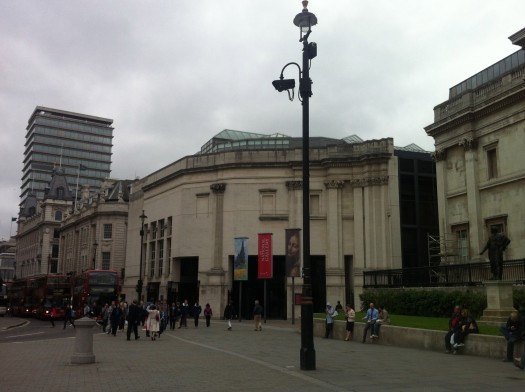
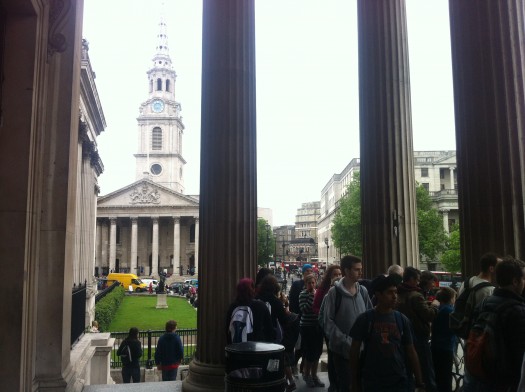

In North America, we’ve seen auto-centric development patterns replacing civic with retail at the center of neighborhoods. However, the effectiveness of this strategy is questionable at best. Urban designers seek to reverse that trend with a more resilient ordering of place.
Great North American museums have been decanted into more suburban locations, like the Kimbell Art Museum in Fort Worth and the Indianapolis Museum of Art. Many of the museums built adjacent to great parks during the America Beautiful Movement are accessible only by car today, such as the Nelson-Atkins, Cincinnati, and Toledo. Despite the beautiful old suburb of the Nelson-Atkins, the majority of visitors enter through the parking garage.
Others located in the same era, but with walkable urbanism growing up around them, have fared much better, such as the Met, Boston, Chicago, Brooklyn, and Philadelphia.
I’m not suggesting that if these museums were located in their city centers that they’d enjoy the sorts of traffic of the most globally competitive cities, but they would certainly perform better. The Louvre is the world’s most visited museum, at almost 9 million visitors per year. Four of London’s museums enjoy more than 5 million visitors per year: British Museum (5.5M), Tate Modern (5.3M), National Gallery (5.1M), and Natural History Museum (5M).
If I Were Coding London
If you’ve been reading PlaceShakers for awhile, you’ve probably listened to Susan Henderson or Geoff Dyer talk about the various types of form-based codes to extract local character and enable it by right instead of auto centric land-use laws. Most of what we encourage here are holistic form-based codes that govern down to the level of the lot and block based on the rural-to-urban Transect.
However, in London, instead of a usual SmartCode approach, I think I’d go with a thoroughfare-type code. That is, as the street types change, the local character changes with it. Usually urban intensities are what dictate these changes as we move along the Transect, but in this case T5 is often less intensive than T4. I’ll use my partner, Howard Blackson’s, old neighbourhood as an example here, from when he went to University of Westminster, on Marylebone Road.
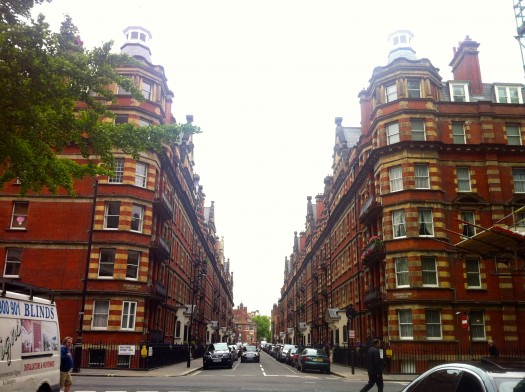
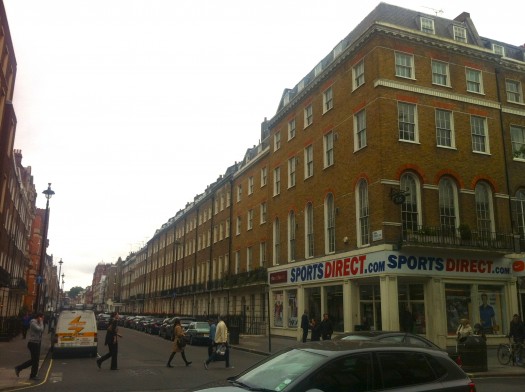
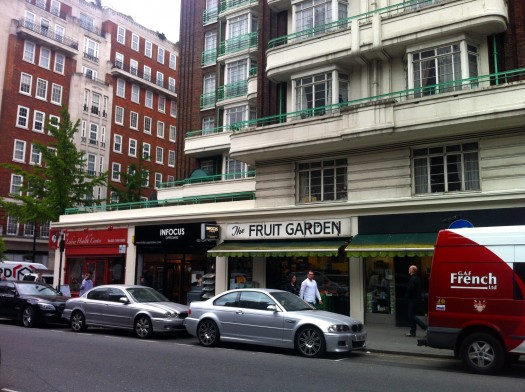
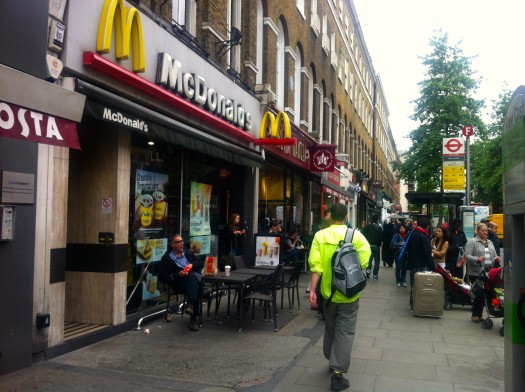
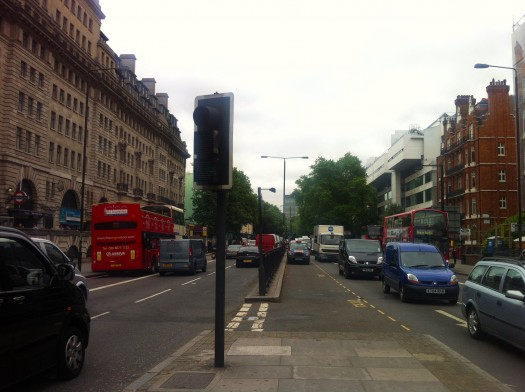
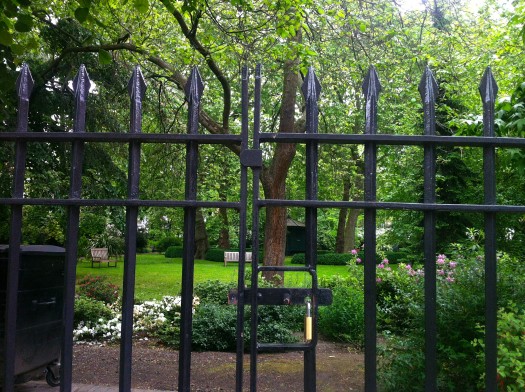
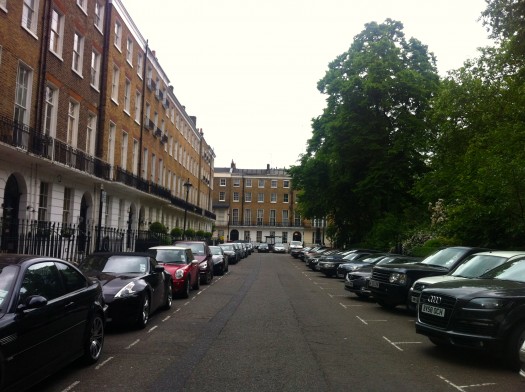
like to call it. Surrounding uses are lodging and office on the first level, and residential above.
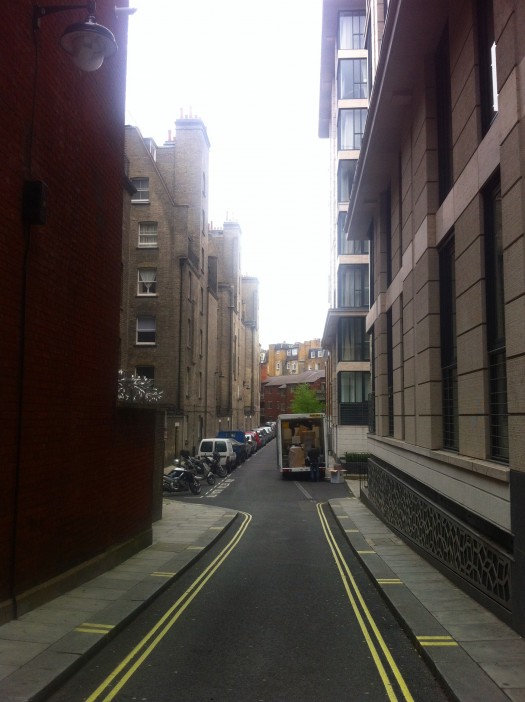
of the city — the A Grid — and pay no attention to the B Grid and rear lanes. Only complaint on London’s alleys: they’re too perfect. Should be more “male space,” from some people’s perspective. Or at least a place where our kids can splash in puddles.
So whether you choose to create your own local form-based code for the entire lot, from sidewalk to back lane, or whether you go for a thoroughfare-type code, there’s still plenty of great old urbanism to use as a teacher. And a setter of precedent for what creates a delightfully livable neighbourhood. Coming soon, to a city near you?
–Hazel Borys
If PlaceShakers is our soapbox, our Facebook page is where we step down, grab a drink and enjoy a little conversation. Looking for a heads-up on the latest community-building news and perspective from around the web? Click through and “Like” us and we’ll keep you in the loop.









